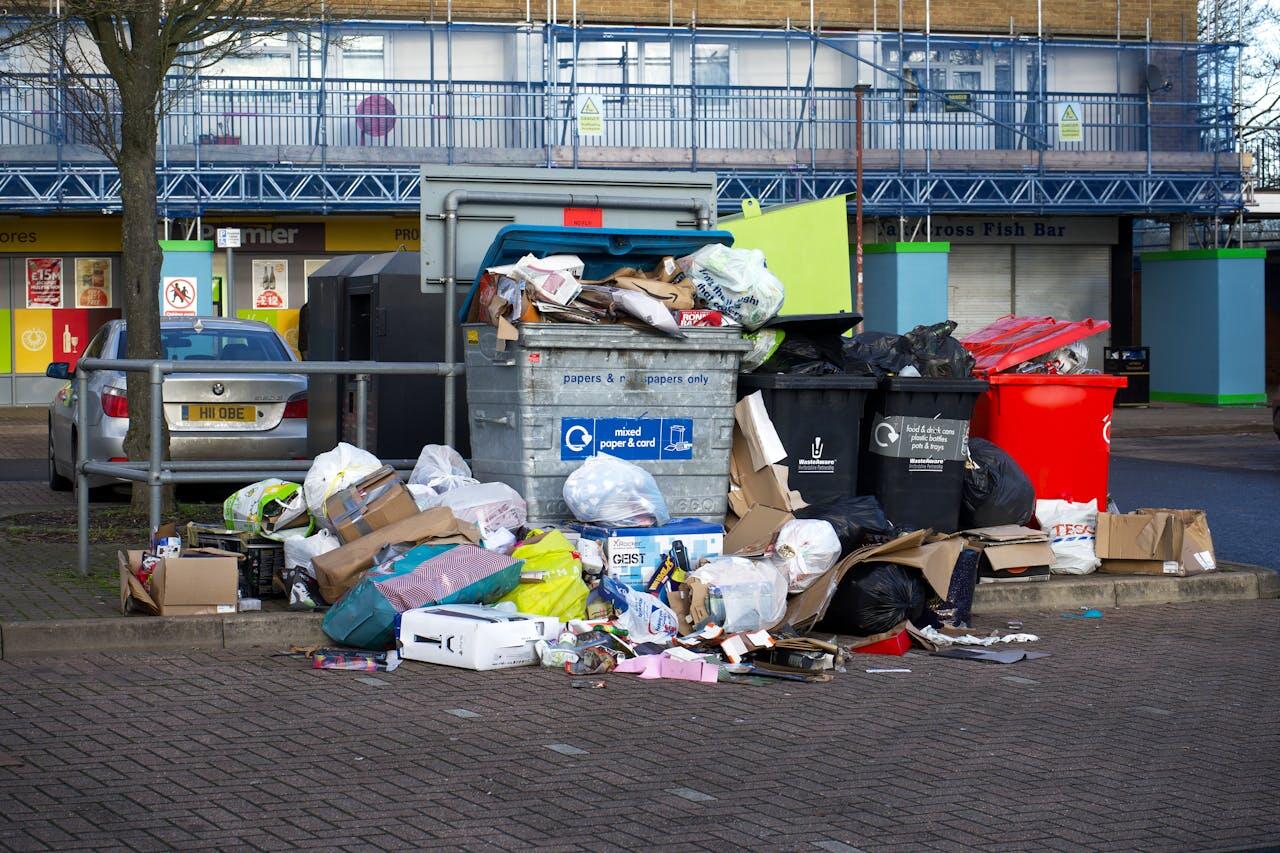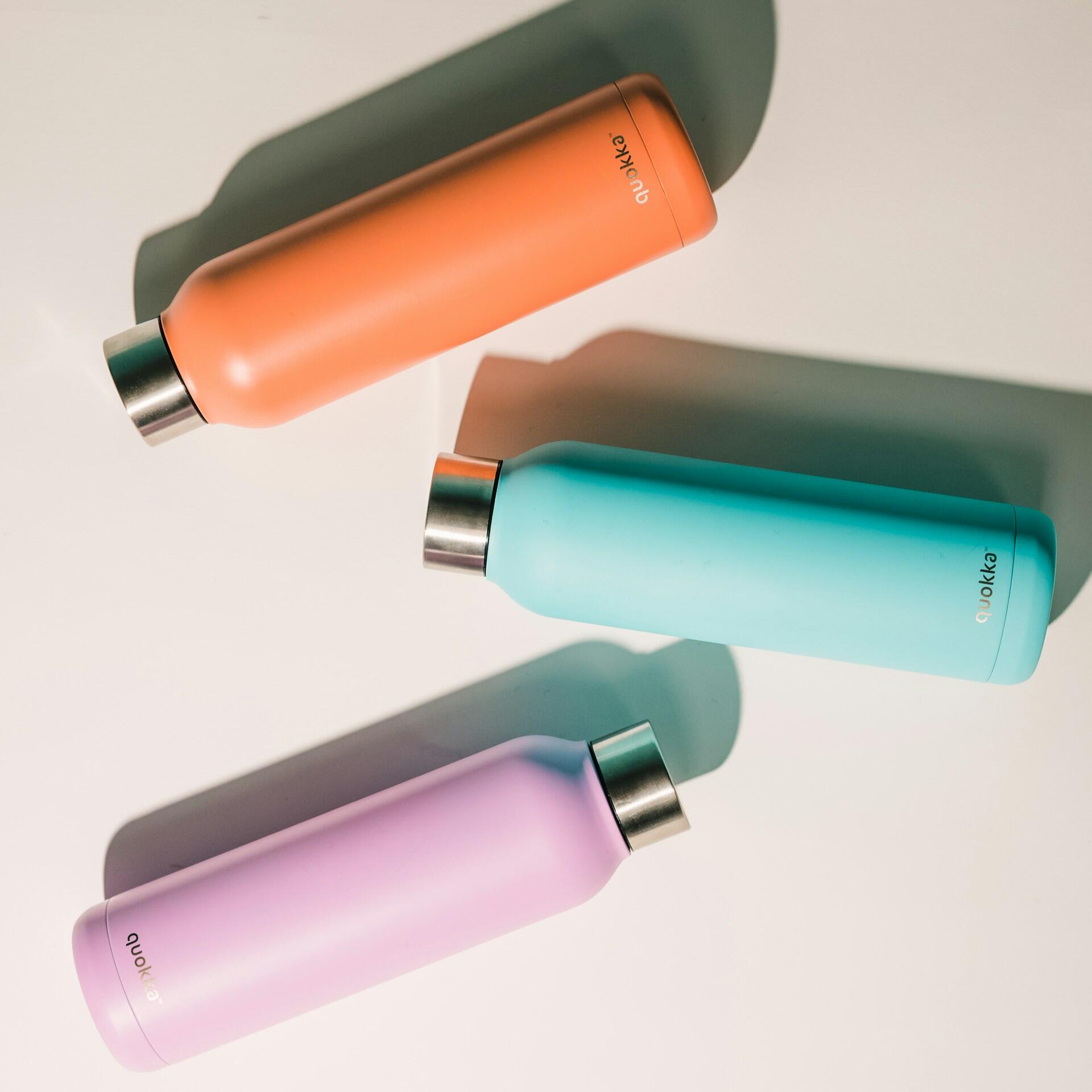Recycling Landscape in Canada
- The federal government's main policy is the Canada-wide Action Plan on Zero Plastic Waste.
- More needs to be done to address the waste diversion rate in the country, especially for plastics.
- The main challenges of recycling are contamination issues, lack of standardization, and dependence on exporting recyclables.
- The challenges of recycling can be overcome through government initiatives, technological advancements, community engagement and education, and individual recycling habits.
Did you know that Global Recycling Day is celebrated every year on March 18th? The day highlights the importance of recycling in protecting our planet and encourages action at both local and global levels. From reducing waste at home to supporting broader sustainability initiatives, it serves as a reminder that every effort matters in creating a cleaner, greener future.
In this article, we’ll explore various recycling initiatives in Canada and discuss the challenges and opportunities that come with supporting this important movement.

🇨🇦 Overview of Recycling Programs in Canada
First, let's explore how recycling programs and policies are implemented at the national, provincial, and territorial levels in the country. These programs generally focus on waste reduction (with a particular emphasis on plastics), extended producer responsibility (EPR), and reducing greenhouse gas emissions to enhance environmental safety.
🏛️ National Framework and Policies
The backbone of the recycling framework in Canada is based on the Canada-wide Action Plan on Zero Plastic Waste. Launched in 2018, this national policy sets out to eliminate plastic waste by 2030 through the following actions:
Management of plastics usage and disposal
Retain the value of products for circular economy
Adopting technology to reduce plastic waste
Another part of the Government of Canada's comprehensive recycling policies is the Single-use Plastics Prohibition Regulations (SUPPR). Introduced in 2022, this federal regulation bans the production, acquisition, and distribution of 6 categories of single-use plastics, such as:
- Cutlery
- Checkout bags
- Ring carriers
- Stir sticks
- Straws
- Food service wares

📍 Provincial and Territorial Initiatives
At the provincial and territorial level, we have a diverse range of Extended Producer Responsibility (EPR) programs implemented. EPR is a transformative way of resource and waste management, where producers (brands, manufacturers, importers) are responsible for the end-of-life management of their products — organizationally (sorting, recycling, and disposal) and financially.
Here are two notable examples:
In 2014, British Columbia became the first province in Canada to implement EPR for packaging and printed paper through Recycle BC.
10 years later, the 2024 Recycle BC annual report revealed that over 208,000 tonnes of residential packaging and paper were collected and managed, resulting in a recovery rate of 83.3%.
Ontario is undergoing a transitional phase to a full EPR model for its Ontario Blue Box program, which includes paper, glass, cardboard, plastics, and more.
The expected recovery rate by 2026 is as follows: Paper: 80%, Glass & Beverage Containers: 75%, Rigid Plastics: 50%
Metal: 67%
Don't forget to check out other ongoing provincial recycling programs, too.
📊 Current Recycling Rates and Statistics
Moving on, let’s take a look at some key recycling statistics across the country, in terms of diversion rates and different materials.
📈 General Waste Diversion Rates
According to the Biennial Waste Management Survey: Waste Diversion, 2022, it was revealed that national solid waste diversion and disposal in Canada diverted almost 10 million tonnes of waste from landfills in 2022.
The general waste diversion rate is often used as a standard measure of recycling efficiency for a specific region, where it indicates the percentage of waste materials that are successfully kept out of landfills and incinerators through recycling, reusing, and other recovery methods.

Some regions known to have higher general waste diversion rates are those with strong and consistent recycling programs. Similarly, certain materials like plastics have lower diversion rates, as compared to materials like paper, organics, and metals.
Not only that, research over the years 1 has also shown a slight increase in waste diversion rate from 2002 and 2022 in Canada, with the following findings:
| Types of waste sources | 2002 (pecentage rate) | 2022 (pecentage rate) |
|---|---|---|
| All sources | 21.6% | 27.1% |
| Residential sources | 24.8% | 31.7% |
| Non-residential sources | 19.8% | 21.7% |
Here's another simple table showing the solid waste diversion and disposal per person, by jurisdiction in Canada, to compare how different provinces have varied diversion rates (measured in kilograms).
| Jurisdiction | Waste diverted from non-residential sources (kilograms per person) | Waste diverted from residential sources (kilograms per person) | Waste diverted from unknown sources (kilograms per person) | Total waste diverted (kilograms per person) |
|---|---|---|---|---|
| Newfoundland and Labrador | 24 | 29 | 14 | 88 |
| Nova Scotia | 75 | 169 | 14 | 303 |
| New Brunswick | 84 | 69 | 20 | 215 |
| Quebec | 153 | 146 | 13 | 311 |
| Ontario | 83 | 132 | 11 | 226 |
| Manitoba | 59 | 58 | 13 | 156 |
| Saskatchewan | 41 | 74 | 24 | 159 |
| Alberta | 102 | 95 | 16 | 215 |
| British Columbia | 175 | 144 | 12 | 331 |
📉 Plastic Recycling Specifics
If we look at the key results of solid waste diversion by type of material, the figures would tell us a more specific story.
This shows that there is still a big gap between the current state of the plastic waste diversion rate and the ideal plastic waste diversion rate in the country. If this goes on, it could be a hindrance to the implementation of the circular economy.

🤔 Challenges Faced by Recycling in Canada
Now, let's turn our attention to the three main challenges that the recycling industry is facing in the country.
🚯 Contamination Issues
This is one of the main reasons recycling often becomes more tedious than it should be. When different materials are not sorted properly, or when clean and unclean recyclables are mixed together, the entire batch can become contaminated — ultimately disrupting the recycling process.
More time and cost are needed to sort the recycling process, and once the items are contaminated and lose their original value, they end up in landfills.
This behavior is commonly referred to as wishcycling: placing items in the recycling bin in the hope that they will be recycled, even though they often are not.

❓ Lack of Standardization
One of the reasons that could contribute to wishcycling is the variations in recycling programs across provinces, leading to public confusion. Since every province has its own individual set of recycling operations and the accepted recycling materials, residents might feel pressured and are more likely to make mistakes during the process, too.
The way forward is certainly an integration of provincial and national recycling regulations, whether it's in terms of clear labelling, standardized colours and a consistent, clear public communication.
🌏 Dependence on Exporting Recyclables
Another main challenge faced is Canada's history of over-reliance on exporting recyclables, especially to China. That's why when China announced the National Sword policy in 2018 to restrict imports of foreign recyclables, particularly contaminated materials, to the country, it backfired and left many Canadian materials unprocessable domestically. As a result, it led to a spike in landfills nationwide.
In Toronto, the contamination rate has increased consistently upwards, from 22% in 2015 to 30% in 2019.
⚡Future Directions and Innovations
Let's look at what we can look forward to in terms of future directions of the industry and new initiatives to make recycling a successful movement in the country.
✅ Government Initiatives
In alignment with the Zero Plastic Waste federal goal, the Canadian government has come out with regulations under CEPA (Canadian Environmental Protection Act, 1999) that all plastic packaging will be required to contain at least 50% recycled content by 2030.
This regulation holds a huge significance as it makes recycled plastics an important supply in businesses and eventually encourages more stakeholders to invest in the recycling market.
✅ Technological Advancements
We would certainly be seeing emerging technologies and innovations in recycling processes while meeting the global demand for recycled items like plastics. For instance, more chemical recycling plants are used in Canadian companies like Loop Industries to break down plastic waste in an efficient manner.
✅ Community Engagement and Education
Of course, we cannot miss out on the power and synergy of the community to make recycling an ongoing success in Canada. There must be creative and consistent public awareness campaigns in schools and national events across the country to educate the public on the right way to recycle, and also debunk certain myths about recycling — it can be creative too!
The end goal is to let everyone and anyone contribute to effective recycling, regardless of their age and location.
👨👩👧👦 How Individuals Can Contribute
Finally, let's look at how each person can contribute because the success of any national or provincial policies lies in each individual's choice and responsibility, one day at a time.
🚮 Proper Recycling Practices
A good way to kickstart your recycling habit is to follow your local municipality's guidelines. From there, you can know the right way to clean and sort different recycling materials to reduce contamination, in your own household or when you're at work. Some simple practices include:
- Cleaning and rinsing containers that previously held food before recycling
- Flatten any papers or cardboard boxes to save space when you put them in the bins
- Separate batteries from electronic devices before recycling
🛍️ Reducing Single-Use Plastics
Efficient plastic waste management can be done with the right intention and strategies. Always opt for reusable and sustainable products and services whenever you're shopping for something. When buying new clothes, groceries, or new books, carry your own reusable bag to avoid taking plastic bags.

If you’re planning a short or long getaway, be sure to pack enough reusable, durable water bottles and napkins for the whole family.
This helps reduce plastic use and waste, since you won’t need to throw them away after a single use.
Isn't it really simple to start incorporating these recycling practices?
Through this article, we've discussed the future of Canada's recycling movement through various angles. With the right support and consistent actions taken by different groups, we believe that the country is moving on the right track to a sustainable circular economy.
If you want to learn more about various recycling initiatives in Canada, connect with an experienced Superprof tutor for an enjoyable, personalized learning experience, in the comfort of your own home.
It makes a big difference to recycle. It makes a big difference to use recycled products. It makes a big difference to reuse things, to not use the paper cup – and each time you do, that’s a victory.
Emily Deschanel
References
- Canada, E. and C. C. (2024, November 28). Government of Canada. Canada.ca. https://www.canada.ca/en/environment-climate-change/services/environmental-indicators/solid-waste-diversion-disposal.html















